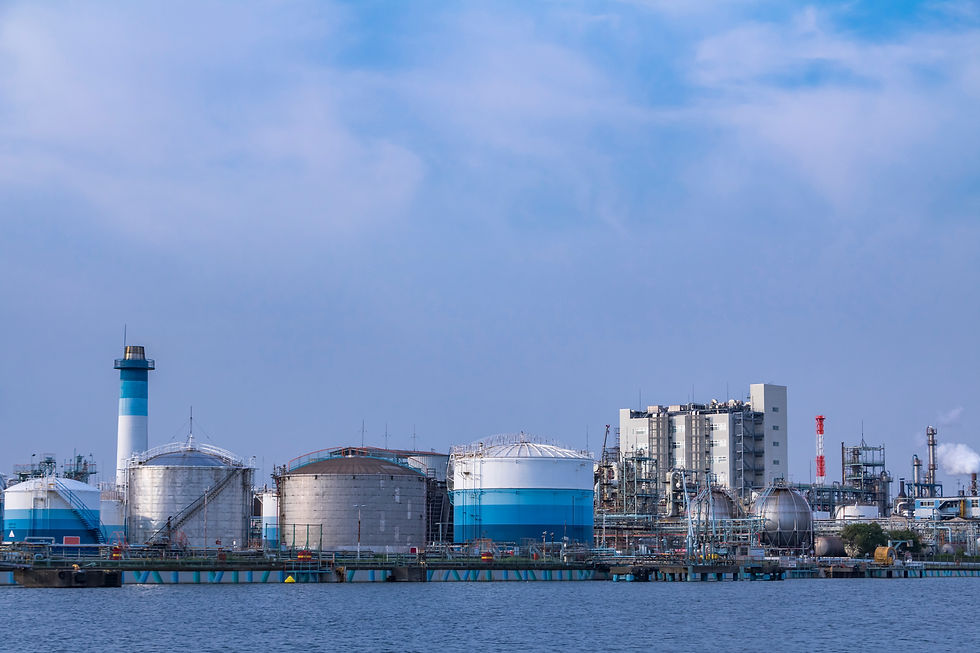Study May Link Respiratory Health Issues to Natural Gas Development
- Max Clark
- Oct 24, 2019
- 2 min read

The extensive expansion of the number of unconventional natural gas developments comes with known environmental pollution as well as unknown risks to the health and safety of the residents nearby. Recent studies have suggested that in addition to air and water pollution, these unconventional natural gas developments also lead to negative impacts on the health of people living in the general area surrounding the developments. Studies have found increased rates of cardiac and neurologic disease resulting in hospitalization as well as preterm births as a result of the developments. There is also evidence suggesting dermatologic, oncologic, and urologic diseases. Researchers have suggested that these diseases may be a result of the air pollution emanating from the unconventional natural gas developments. However, more detailed analyses of the link between the developments and increased hospitalizations were needed.
Thus, researchers at the American Institutes of Research, Lehigh University and NBER Department of Economics studied the effect of the Marcellus shale well on statewide hospitalization rates for acute myocardial infarction (AMI), chronic obstructive pulmonary disease (COPD), asthma, pneumonia, and upper respiratory infections (URI) from 2001 to 2013. This study was more specific than past studies and encompassed a broader area and longer duration. Data on the unconventional natural gas wells were obtained from the Pennsylvania Department of Environmental Protection Oil and Gas Reports. Hospitalization data were obtained from the Pennsylvania Health Care Cost Containment Council’s hospital admission records. This data was separated by age group for analysis.
Researchers discovered several interesting findings. First, hospitalization rates for acute myocardial infarction (AMI), chronic obstructive pulmonary disease (COPD), asthma, pneumonia, and upper respiratory infections (URI) were higher in counties with wells than those without; however, the researchers attribute this in part to income disparities in the two groups, where counties with wells had on average 28% greater poverty. Statistical models were used to compare hospitalization rates for the five aforementioned diseases with and without unconventional natural gas developments by age group. Researchers found that for people aged 20-44, there was a 0.11 (24%) increase in AMI hospitalizations per 1,000 people and a 0.06 increase in COPD hospitalizations per 1,000 people resulting from unconventional natural gas developments. In people aged 65 and above, there was a significant increase in pneumonia and URI hospitalizations due to unconventional natural gas developments. Surprisingly, there was no increase in asthma, pneumonia, or URI hospitalizations in children aged 5-19 due to unconventional natural gas developments. The researchers suggest that this may be due to long term effects of the air pollution that may not have been captured by their analysis.
In conclusion, the researchers found increases in certain types of hospitalizations in specific age groups associated with the increase in unconventional natural gas developments. Thus, it would be advisable for those near such developments to find ways to minimize exposure to pollutants from these developments as well as for these developments to find ways to decrease pollution. Additionally, regulating agencies should consider placing unconventional natural gas developments in less populated areas or providing an option for residents to relocate. This would minimize the exposure of residents to health hazards associated with unconventional natural gas developments.



Comments